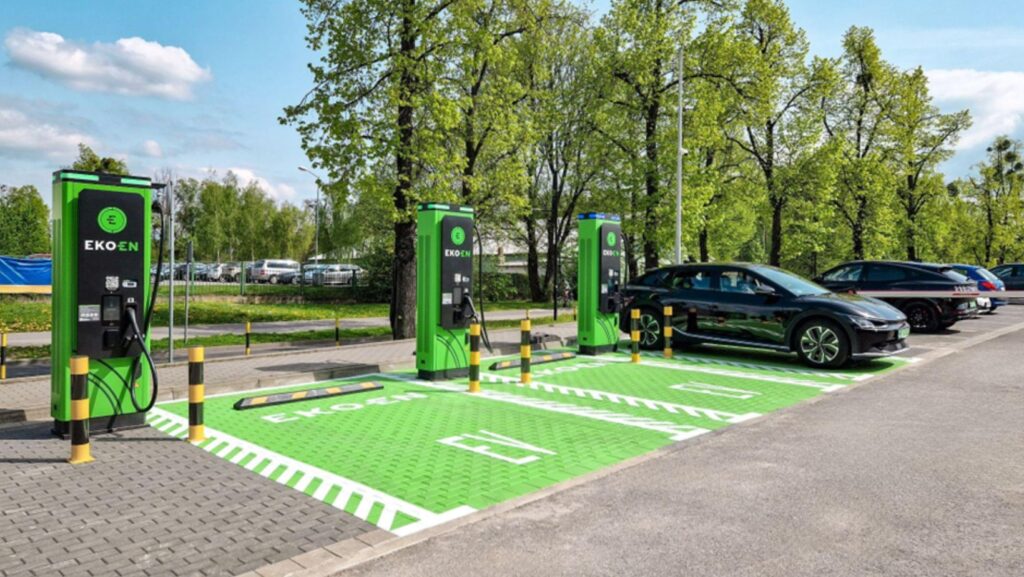As electric vehicles (EVs) become more popular, the concept of EV-friendly road trips is gaining traction. With advancements in charging infrastructure and the increasing availability of charging stations, EV owners can now embark on long journeys with ease.
Today’s electric vehicles (EVs) boast longer ranges and quicker charging times, making them ideal for extended journeys with minimal stops.
Key to these EV road trips are public EV charging systems. Positioned along major highways, they facilitate seamless travel for EV drivers.
This article explores the rise of EV-friendly road trips, highlighting the benefits, challenges, and tips for planning a seamless and enjoyable journey.
Understanding EV Charging Infrastructure
The system of electric vehicle (EV) charging infrastructure comprises various types of chargers, networks, and planning resources.
For long-distance travel, public fast-charging stations are indispensable. These stations, often called DC fast chargers or Level 3 chargers, offer quick recharging along major highways. Supporting standards such as CHAdeMO and CCS (Combined Charging System), they cater to numerous EV models.
Adding convenience into the equation is destination charging. Utilizing Level 2 chargers at locations like hotels and tourist attractions allows vehicles to power up while drivers engage in other activities.
Charging Costs and Networks
Charging your electric vehicle (EV) at public stations involves costs that can vary depending on location, timing, and the specific network. Different companies employ different pricing strategies; they might bill you per kilowatt-hour or based on the duration of your charging session.
To enhance user experience, many charging networks collaborate with smartphone apps such as PlugShare. These apps offer real-time information about charge levels and station locations, making it easier for drivers to:
- locate nearby chargers
- adjust their travel routes
- receive updates on charging status
How to Plan an EV-Friendly Road Trip
Planning a road trip with an electric vehicle (EV) involves some thoughtful preparation to ensure everything goes smoothly.

Start by familiarizing yourself with your car’s range and its charging capabilities, as well as its compatibility with networks such as CHAdeMO or CCS. This understanding will assist you in selecting the best routes and stops.
Make use of EV charging apps to organize your journey. These handy tools provide up-to-date information on where charging stations are located, their availability, and estimated charging times.
Remember to factor in elements such as:
- driving speed
- weather conditions
- the weight of your cargo
Prepare a backup plan for unexpected situations like unavailable chargers or adverse weather impacting range. Identify alternative routes that include additional charging options to minimize any potential disruptions.

Consider the cost differences across various networks when planning your budget. Some stations charge based on kilowatt-hours (kWh), while others bill according to how long you use them.
The Bottom Line
The rise of EV-friendly road trips marks a significant shift in the way we travel. With improved charging infrastructure and strategic route planning, EV owners can enjoy the freedom of the open road without the worry of running out of power.
As more destinations become accessible to electric vehicles, the future of road trips looks greener and more sustainable. Embracing this trend not only supports environmental goals but also enhances the overall travel experience for EV enthusiasts.


